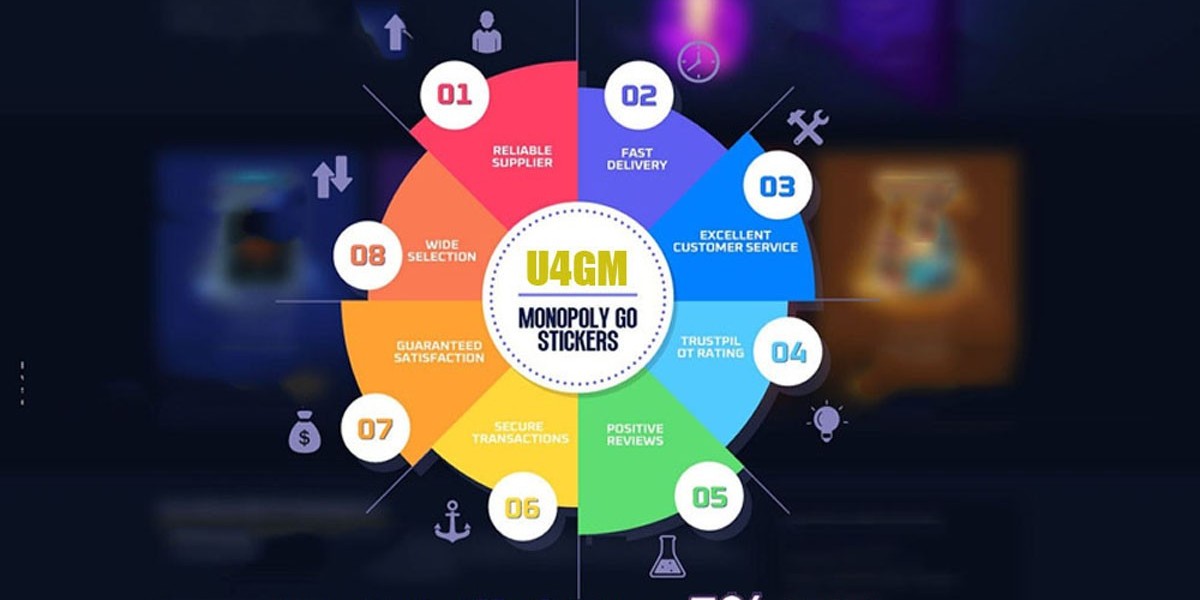Understanding CAH: From Pathophysiology to Patient Impact
Congenital adrenal hyperplasia primarily stems from 21-hydroxylase enzyme deficiency, affecting approximately one in 15,000 births worldwide. This enzymatic defect disrupts cortisol and aldosterone production while causing excessive androgen synthesis, creating a cascade of physiological imbalances that require lifelong medical intervention.
The classical form of CAH presents with severe enzyme deficiency, leading to salt-wasting crises in newborns if left untreated. Non-classical CAH, while less severe, still significantly impacts patients through symptoms including precocious puberty, short stature, and fertility issues. Understanding these varied presentations is crucial for developing comprehensive treatment strategies that address the full spectrum of disease manifestations.
Current Standard Care and Its Limitations
Modern adrenal hyperplasia treatment protocols remain fundamentally rooted in hormone replacement therapy, utilizing synthetic corticosteroids to suppress ACTH overproduction and replace deficient hormones. This approach, while life-saving, presents significant long-term challenges that impact patient outcomes and quality of life.
The therapeutic challenge lies in achieving optimal hormone balance without inducing iatrogenic complications. Patients frequently experience the adverse effects of chronic corticosteroid exposure, including growth suppression, osteoporosis, diabetes mellitus, and cardiovascular disease. These complications often emerge years after treatment initiation, highlighting the need for more physiological therapeutic approaches.
Healthcare providers must constantly adjust medication dosages based on growth patterns, stress responses, and life stage transitions, creating a complex management paradigm that requires specialized expertise and frequent monitoring. This treatment burden significantly affects patient adherence and family dynamics, particularly during adolescence when psychological and social factors complicate medical management.
Precision Medicine and Personalized Treatment Approaches
The evolution toward personalized medicine has introduced new dimensions to CAH management, recognizing that optimal treatment strategies must account for individual genetic variations, metabolic profiles, and lifestyle factors. Advanced diagnostic techniques now enable more precise characterization of enzyme deficiency severity, guiding tailored therapeutic interventions.
Pharmacogenomic research has revealed significant inter-individual variations in corticosteroid metabolism and response, suggesting that standard dosing protocols may not be optimal for all patients. This understanding has prompted development of more sophisticated dosing algorithms that incorporate patient-specific factors to optimize therapeutic outcomes while minimizing adverse effects.
The integration of continuous glucose monitoring, wearable hormone sensors, and mobile health applications is transforming CAH management from episodic clinical encounters to continuous, data-driven care optimization. These technologies enable real-time treatment adjustments and early identification of complications, representing a fundamental shift toward proactive rather than reactive medical management.
Gene Therapy: Promise and Practical Challenges
The field of cah disease treatments has been revolutionized by advances in genetic medicine, offering theoretical solutions to the underlying enzymatic deficiencies that cause CAH. Gene therapy approaches promise to restore normal adrenal function by introducing functional copies of defective genes directly into target tissues.
Viral vector systems, particularly adeno-associated virus platforms, have demonstrated remarkable efficiency in delivering therapeutic genes to adrenal cortical cells in preclinical studies. These approaches have achieved sustained enzyme expression and normalized hormone production in animal models, providing compelling proof-of-concept for human therapeutic applications.
However, the translation of these promising preclinical results into clinical success has proven more challenging than initially anticipated. Issues related to immune responses to viral vectors, variability in gene expression levels, and long-term safety concerns have complicated clinical development efforts, highlighting the gap between laboratory achievements and clinical implementation.
Clinical Development Setbacks and Strategic Lessons
The clinical development journey for advanced CAH therapies has been marked by both ambitious initiatives and strategic recalibrations that reflect the inherent complexities of rare disease drug development. BBP-631 by BridgeBio exemplified the bold pursuit of curative treatments, employing cutting-edge gene therapy technology to address CAH at its molecular foundation.
The program achieved significant technical milestones, including demonstration of efficient adrenal targeting and sustained gene expression in preclinical models. However, the eventual discontinuation of development highlighted the multifaceted challenges facing gene therapy programs, including manufacturing complexities, regulatory requirements, and commercial viability considerations.
This experience provides valuable insights for future development efforts, emphasizing the importance of early identification of potential obstacles and development of mitigation strategies. The lessons learned from BBP-631 will undoubtedly inform more refined approaches that address the technical, regulatory, and commercial challenges identified during the program's lifecycle.
Regulatory Framework and Market Access Considerations
The regulatory environment for CAH treatments has evolved significantly, with health authorities demonstrating increased sophistication in evaluating innovative therapeutic approaches for rare diseases. Recent FDA approvals have expanded the therapeutic armamentarium beyond traditional hormone replacement, introducing novel mechanisms that offer improved efficacy and safety profiles.
These regulatory advances reflect growing recognition of the limitations inherent in current standard care and the urgent need for more sophisticated therapeutic alternatives. The approval pathway for rare disease treatments has become more flexible, with regulators accepting smaller clinical datasets and alternative endpoints that reflect the unique challenges of studying interventions in small patient populations.
Market access considerations have become increasingly important in CAH treatment development, with payers requiring comprehensive evidence of clinical and economic value. This evolution has prompted pharmaceutical companies to incorporate health economics research into clinical development programs, ensuring that new treatments demonstrate not only clinical efficacy but also cost-effectiveness compared to existing care standards.
Emerging Technologies and Future Therapeutic Horizons
The future of congenital adrenal hyperplasia gene therapy extends beyond current viral vector approaches to encompass revolutionary technologies that could provide more precise and durable therapeutic benefits. CRISPR-based gene editing systems offer the potential for permanent genetic corrections that eliminate the need for repeated treatments.
Next-generation editing technologies, including base editing and prime editing platforms, provide unprecedented precision in correcting specific genetic mutations without introducing unwanted genomic modifications. These approaches could theoretically cure CAH by permanently restoring normal gene function, offering patients complete freedom from medical intervention.
Advanced drug delivery systems are also under development, including targeted nanoparticle formulations, implantable hormone pumps, and bioengineered tissue constructs that could provide sustained therapeutic effects with minimal patient burden. These innovations address practical challenges related to treatment adherence and lifestyle impact while maintaining optimal therapeutic outcomes.
Patient Advocacy and Community Engagement
The CAH patient community has become increasingly sophisticated in advocating for improved treatments and research funding, playing crucial roles in shaping research priorities and clinical trial design. Patient advocacy organizations have facilitated collaboration between researchers, pharmaceutical companies, and regulatory agencies, accelerating the development of new therapeutic options.
Patient-reported outcome measures have gained prominence in clinical trial design, reflecting recognition that successful treatments must address not only biochemical parameters but also quality of life, functional capacity, and psychosocial well-being. This patient-centric approach ensures that new treatments align with patient priorities and real-world needs.
The integration of patient perspectives into regulatory decision-making has become standard practice, with patient advocates serving on advisory committees and providing input on benefit-risk assessments. This evolution represents a fundamental shift toward shared decision-making that recognizes patients as partners in the therapeutic development process.
Future Outlook: Integrating Innovation with Clinical Reality
The trajectory of CAH treatment development suggests continued innovation and refinement of therapeutic approaches over the coming decade, with success likely requiring integration of multiple technological advances and collaborative approaches. While individual programs may face challenges, the overall momentum toward more effective, convenient, and potentially curative treatments remains strong.
The ultimate vision for CAH care encompasses a future where patients enjoy access to personalized treatments that address both the medical and lifestyle challenges associated with this complex disorder. This transformation will require sustained collaboration between all stakeholders, including researchers, clinicians, patients, and policymakers, working together to translate scientific advances into meaningful improvements in patient outcomes and quality of life.
Latest Reports:-
adult t-cell leukemia-lymphoma epidemiology forecast | antibody drug conjugate market | atherosclerosis market | atrial flutter market | cannabis use disorder market | chlamydia infections market | clostridium difficile infections market | coccidioidomycosis market | cold agglutinin disease market | cone rod dystrophy market | cxcr inhibitors market | endoscopic ultrasound market | etanercept biosimilar insights | familial lipoprotein lipase deficiency pipeline | fertility monitoring devices market | gene therapy in cns disorder market | geographic atrophy market | hay fever conjunctivitis market | heart failure market | hereditary deafness medical device market | house dust mite allergy market | human papillomavirus-positive oropharyngeal cancer market | impetigo market | intraocular lymphoma market | lactose intolerance market |








